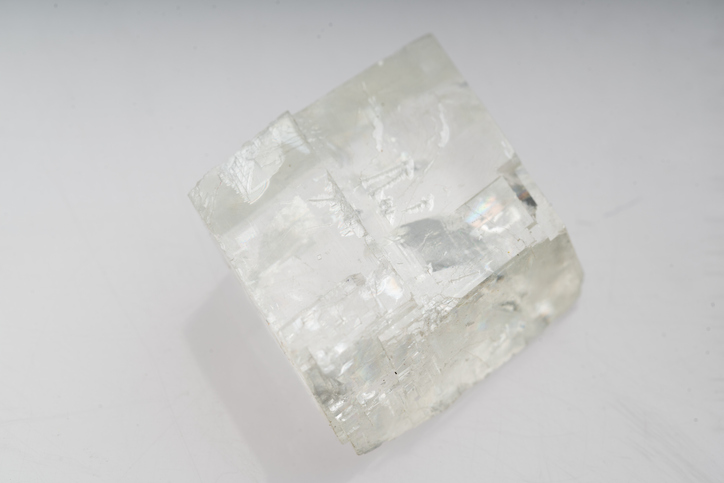Vikings and Polarization

We previously wrote about the Mantis shrimp’s use of birefringence as a means of hunting for transparent aquatic prey. Vikings are alleged to have used birefringence as well, but for navigational purposes. A calcite crystal found in a British warship that sank in 1592 was included amongst other navigational tools in the wreck.
The crystal would refract light depending on its orientation relative to the principle axis of the incoming light. When the crystal's principle axis is aligned east-west, an image viewed through the crystal resolves from a double image into a single image, thus providing a means of orientation. Since magnetic compasses were not fully utilized until the end of the 16th century, the crystal may have been used to augment compasses.
Called “sunstones” in Viking sagas, these crystals were believed to be used by Vikings in the 10th century, well before the use of compasses in Europe, to navigate from Norway to Greenland, a journey of 1,600 miles. They can be used in cloudy weather to locate the sun, as well as the afore-mentioned east-west orientation. There is still not direct evidence that Vikings used the sunstones for navigation, but computer simulation has shown that Viking navigation with these crystals would have been possible.
Calcite crystals are still used today as polarizers for the more pedestrian use of examining crystal structure and stress concentration in polymeric materials.